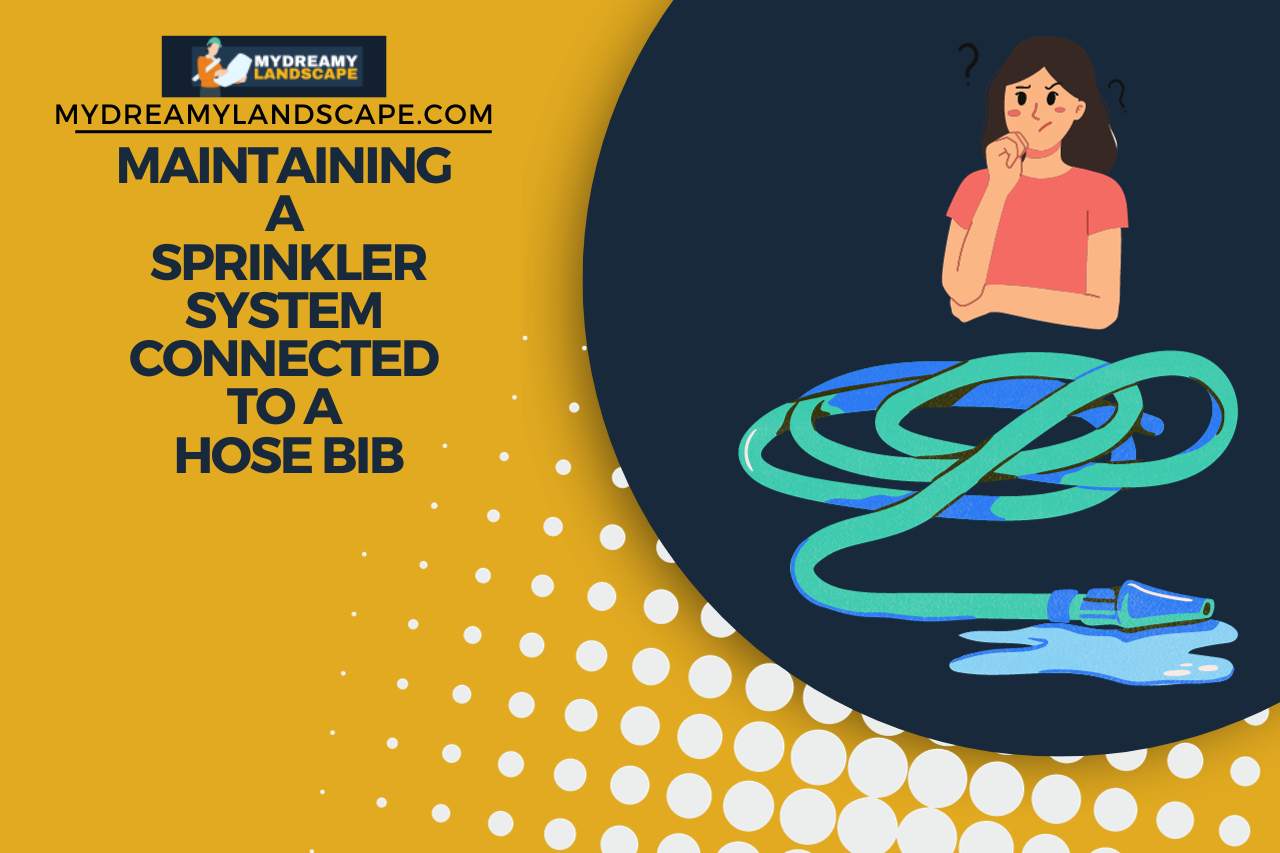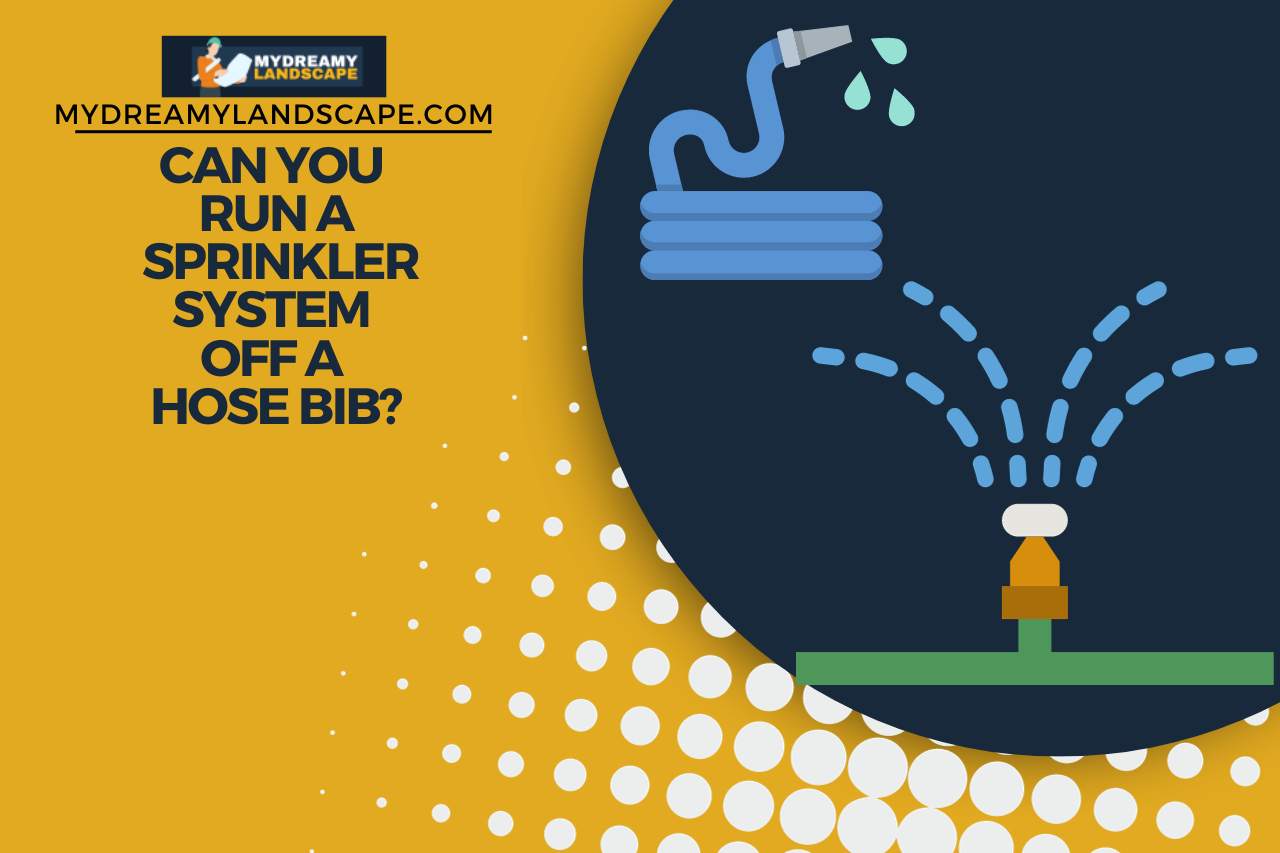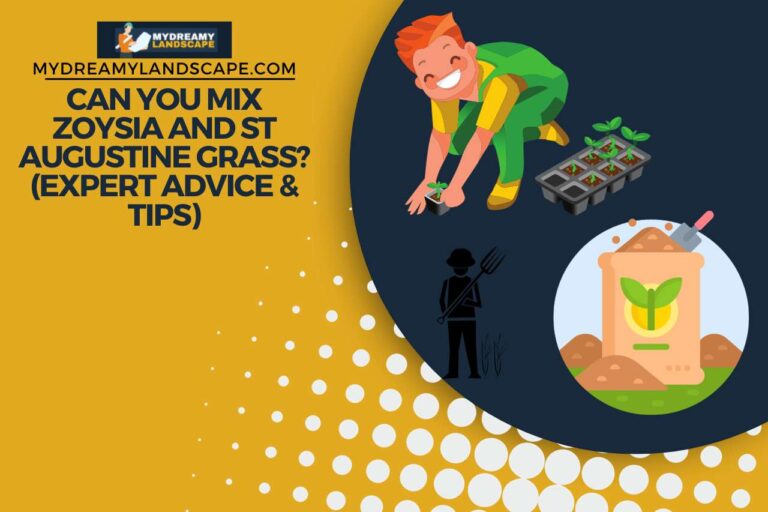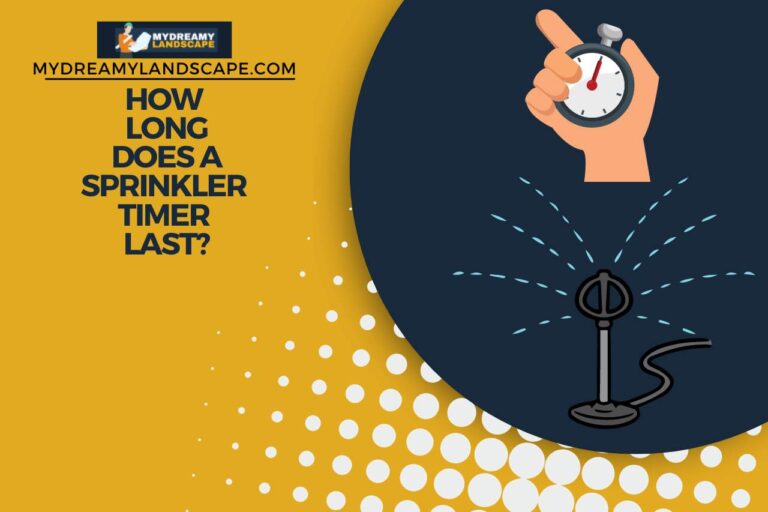Can you Run a Sprinkler System Off a Hose Bib? Unleash the Power!
Can You Run a Sprinkler System Off a Hose Bib? Yes, we confirm that connecting your sprinkler system to a hose bib is indeed viable, outlining the necessary adaptations if you’d like to go for such a setup. That said, there are certain things that require your eager attention. Let’s start and explore them.
Can You Run a Sprinkler System Off a Hose Bib?
Yes, it is feasible to run a sprinkler system off a hose bib, making it a practical option. A hose bib can directly supply water to a sprinkler system. This setup is commonly found in smaller gardens or where a dedicated irrigation system isn’t feasible.
In addition, it is important to make sure that the hose bib provides adequate water pressure for the sprinkler system. Why? Standard hose bibs typically have enough pressure for any basic sprinkler system, but it would be a more extensive setup as they require additional pressure.
Pros and Cons of Using a Hose Bib for Sprinkler Systems
Utilizing a hose bib for your sprinkler system comes with its own set of advantages and challenges. Here’s an overview for you to understand:
Advantages:
- Ease of Installation: Connecting your sprinkler system to a hose bib isn’t complicated, making it an accessible option for DIY enthusiasts among you.
- Cost-Effective: This setup often requires you to have just a few components and less labor compared to installing a dedicated irrigation system, making it a budget-friendly choice.
- Flexibility: You can easily adjust, move, or expand the system as you want. It’s also simpler for you to disconnect during the off-season or for any maintenance.
- Convenience: If you own a small to medium-sized garden, a hose bib connection provides you adequate water coverage without having the complexity of a full irrigation system.
Challenges:
- Water Pressure Limitations: Hose bibs may not provide sufficient pressure for larger or more complex sprinkler systems, potentially affecting the overall performance.
- Limited Coverage: Your system’s effectiveness is often limited to the length and flow capacity of the garden hose, which might not suffice for larger areas.
- Risk of Backflow: Without having proper backflow prevention, you are always at risk of contaminating the household water supply.
- Wear and Tear on Hose Bib: Regular use for your sprinkler system can increase wear on the hose bib, potentially leading you to have leaks or any need for replacements.
How to Set Up a Sprinkler System Connected to a Hose Bib?
Setting up a sprinkler system connected to the hose bib would be a manageable task for you. Here’s a step-by-step guide:
- Gather Materials: You’ll need is garden hose, sprinkler heads, a backflow preventer, and possibly a water timer and hose splitter if you planning on using the hose bib for multiple purposes.
- Install a Backflow Preventer: Attach the backflow preventer to the hose bib. This is crucial as it is connected to preventing the contaminated water from siphoning back into your home’s water supply.
- Connect the Garden Hose: Attach the garden hose to the backflow preventer. Ensure that there is a tight connection to prevent any leaks.
- Set Up the Sprinkler Heads: Position the sprinklers throughout your yard where you may need watering. If you are using multiple sprinklers, consider the use of a hose splitter to direct water to different areas.
- Attach Water Timer (Optional): If you’re using a water timer, connect it between the hose bib and the backflow preventer. This allows you to automatically schedule your watering schedules.
- Test the System: Turn on the water to check for proper sprinkler operation and adjust the positioning as needed. Look for any signs of leaks in your connections and adjust if required.
- Fine-Tune Sprinkler Placement: Once everything is connected, tweak the placement and settings of your sprinklers to ensure that you have even coverage throughout the garden.

How to Maintain a Sprinkler System Connected to a Hose Bib?
Regular maintenance of the sprinkler system connected to the hose bib is essential for it to last longer and work efficiently. Here are some of our maintenance tips:
- Regular Inspection: Periodically check the entire system, including the hose, sprinkler heads, and connections, for any signs of wear, leaks, or damage.
- Clean Sprinkler Heads: Debris and mineral buildup can clog the sprinkler heads. Clean them regularly to ensure an even and efficient spray pattern.
- Check for Leaks: Inspect the hose bib, hose, and connections for leaks. Even small leaks can significantly impact your entire system’s performance and water usage.
- Monitor Water Pressure: Keep an eye on the water pressure, as fluctuations can affect the sprinkler performance. Install a pressure gauge to your monitor if you feel like you need one.
- Winterize the System: Before freezing temperatures arrive, drain the system to prevent any water from entering the system to freeze and damage your hose or sprinkler heads.
- Replace Worn Parts: Timely replace any parts that show signs of wear or damage, such as the washers, O-rings, or sprinkler heads.
- Manage Hose Properly: Avoid leaving the hose exposed to direct sunlight for any prolonged periods and store it properly when not in use to prevent your damage.
- Seasonal Adjustments: Adjust the sprinkler settings according to the seasonal watering needs and weather patterns.
Watch this one,
Video Credits – Nick Evans
You May Also Like
- The Oscillating Sprinkler Stopped Moving – Keep It Oscillating!
- How to Find Buried Sprinkler Heads? Unearthing Your Lawn’s Hidden Assets
- How To Raise The Sprinkler Head? Elevate Your Lawn Care
- Sprinkler Head Not Rotating – (Causes and Solutions)
- Why does My Sprinkler Head Leak? Decoding the Mystery!
- Oscillating vs Rotary Sprinklers – Which Sprinkler is Right for You?
- Why is My Impact Sprinkler Rotating Slowly? Sluggish Sprinkler Solutions!
- How Do you Adjust Impact Sprinkler Rotation? Troubleshooting & Adjustment Tips!
- How Much Water does an Oscillating Sprinkler Use Per Minute? Eco-Friendly Lawn Care
- Can you Connect Two Oscillating Sprinklers Together? Mastering Multi-Sprinkler Setup!
- How Do you Control an Oscillating Sprinkler? (Step-by-Step Guide)





![How to Loosen a Sprinkler from Hose? [With Preventive Tips]](https://mydreamylandscape.com/wp-content/uploads/2023/11/How-often-should-you-pressure-wash-your-driveway-10-768x512.jpg)
